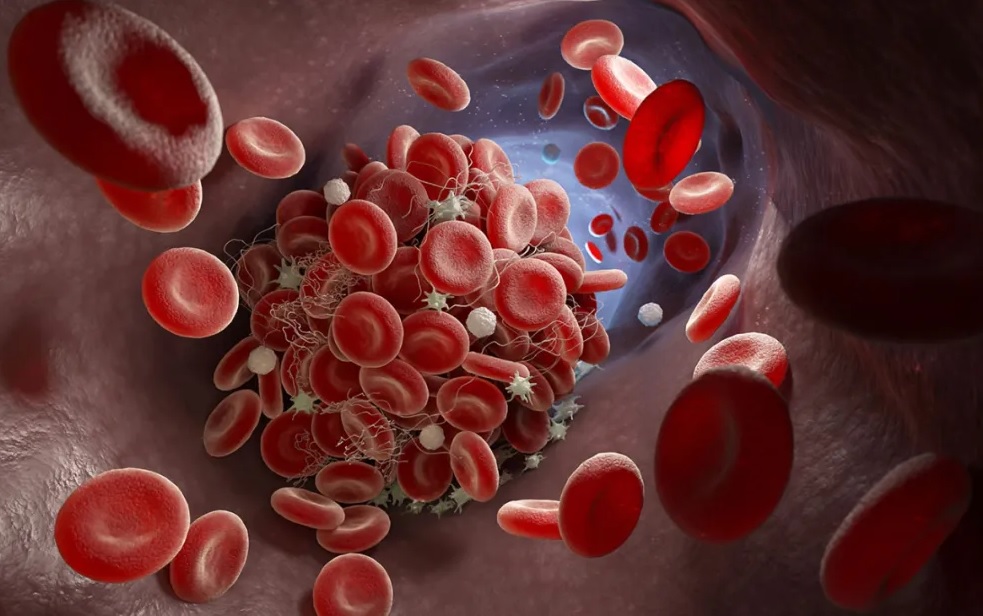
Once upon a time in the land of biology, scientists stumbled upon a thrilling secret about our blood cells. Specifically, they discovered that as we age, our blood gets sneaky and makes platelets in a totally new and wild way, leading to some pretty dramatic health effects. Let’s dive into this tale of stem cells, platelets, and the surprising mischief they get up to in our golden years.
The Ancient Platelet Plot
Meet your hematopoietic stem cells (HSCs). These guys hang out in your bone marrow, minding their own business, creating new blood cells like diligent factory workers. But here’s the twist: as you get older, these HSCs decide to throw the rule book out the window. They start taking a direct route to becoming platelets, completely bypassing the usual middleman steps. It’s like your grandpa deciding to skip the golf course and head straight to the party.
Normally, platelets are made from a series of steps starting with these HSCs. Picture a relay race where the baton is passed from one type of cell to another until, ta-da, you get platelets! However, in older folks, these HSCs are like, “Nah, we’re just going to sprint to the finish line ourselves.” This shortcut results in two kinds of platelets: the old-school ones made the traditional way, and the new-age ones made directly from these rebellious HSCs.
The Double Trouble
So now you’ve got two sets of platelets hanging out in your bloodstream. Sounds like a fun party, right? Wrong. This double dose of platelets leads to a condition called thrombocytosis, where your blood is packed with too many platelets. And you know what too many platelets love to do? Clot. They form clots like they’re auditioning for the role of ‘Blood Traffic Jam Creator’ in a blockbuster movie.
These old-age platelets are not just more numerous; they’re also hyper-reactive. It’s like they’re on a constant sugar rush, ready to stick together and form clots at the drop of a hat. This overzealous clotting can lead to serious issues like deep vein thrombosis or even strokes. Imagine your blood vessels as highways and these platelets as drivers who just discovered the joy of traffic jams. It’s a mess!
The Molecular Mystery
The scientists used some high-tech wizardry to track these platelets and discovered that the new-age platelets have a unique set of characteristics. They’re kind of like the “cool kids” of platelets, with different genes and behaviors compared to their traditional counterparts. They even look different under a microscope, strutting their stuff with a distinct molecular signature.
These new-age platelets are so unique that they can be traced back to a specific group of HSCs that have aged. This aging-induced pathway is a shortcut, skipping several steps that normally slow down the production process. It’s as if the HSCs got impatient with age and decided to cut straight to the point.
The Age-Old Question
But why do these HSCs go rogue in the first place? The scientists suspect it’s all part of the aging process. As we get older, our bodies undergo all sorts of changes, and this includes our blood cells. The environment in our bone marrow changes, too, nudging these stem cells to take the fast lane to platelet production. It’s like the biological equivalent of a mid-life crisis.
Interestingly, when these rogue HSCs were transplanted into younger environments, they calmed down and started following the traditional route again. This suggests that the aged bone marrow environment plays a huge role in this platelet mischief. So, it’s not just the stem cells getting old and cranky; it’s the whole neighborhood influencing their behavior.
The Clot Thickens
These findings are a big deal because they help explain why older adults are more prone to blood clots and related cardiovascular issues. It’s not just about having more platelets; it’s about having these hyper-reactive, ready-to-clot-at-any-moment platelets. Understanding this process opens the door for new treatments that could target these specific pathways and hopefully reduce the risk of these dangerous clots.
So there you have it: the secret lives of your aging blood cells, revealed. Next time you think about aging, remember it’s not just about gray hair and wrinkles; it’s also about your blood cells throwing wild parties and causing trouble. Who knew your bloodstream could be so dramatic? https://www.cell.com/cell/fulltext/S0092-8674(24)00413-6
